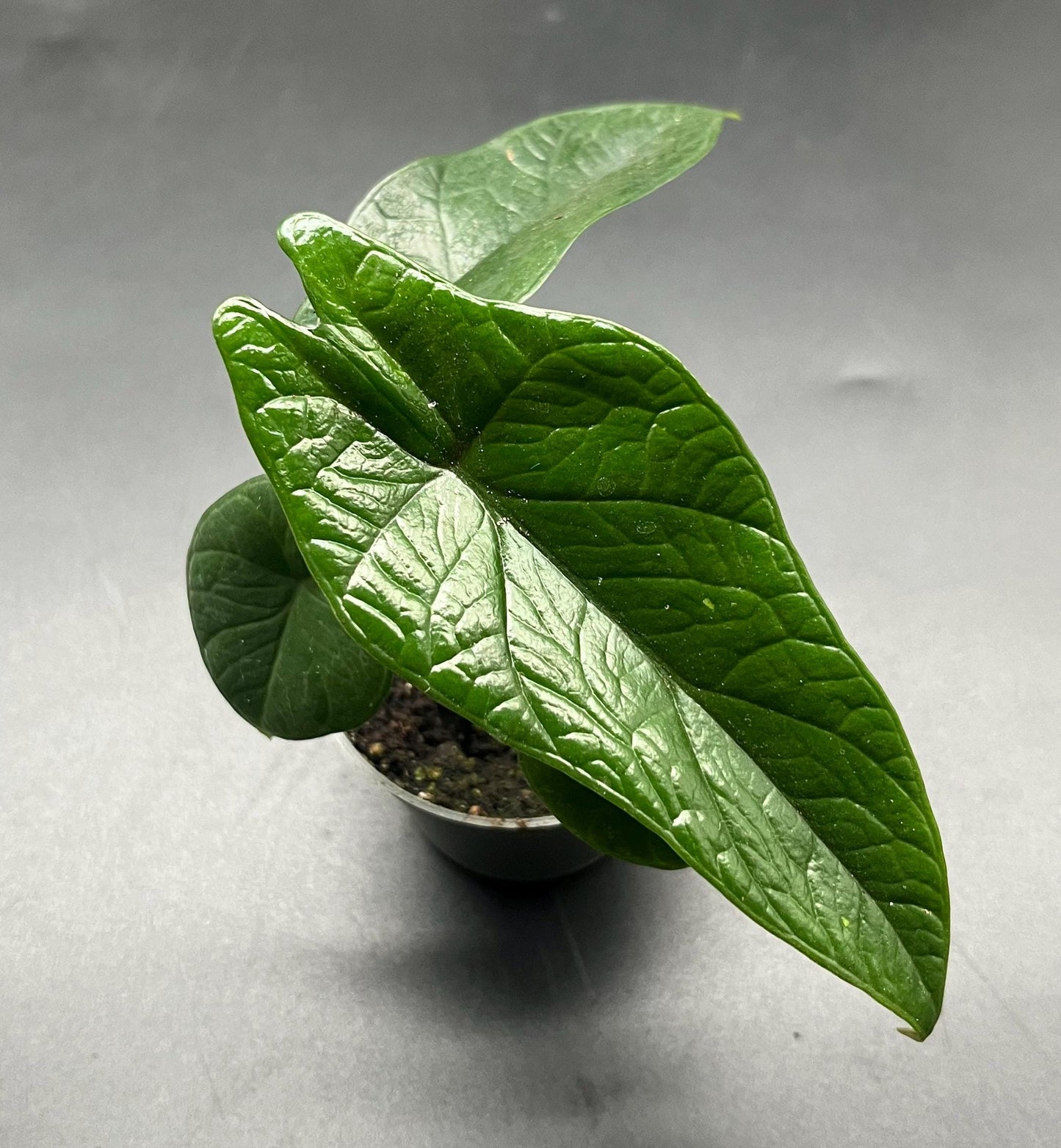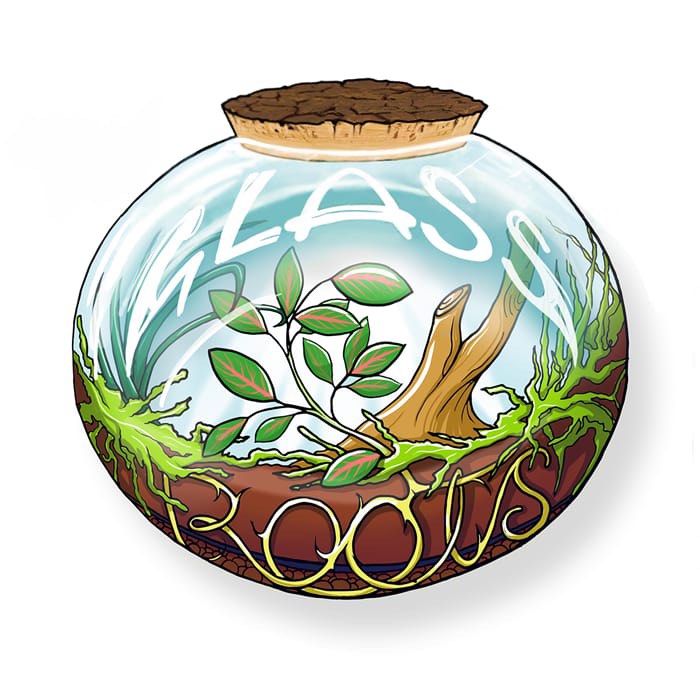Glassroots
Alocasia scalprum (baby house plant / terrarium plant )
Alocasia scalprum (baby house plant / terrarium plant )
Regular price
£7.19 GBP
Regular price
Sale price
£7.19 GBP
Unit price
per
Tax included.
Couldn't load pickup availability
Common Name: Scalpel Alocasia
Family: Araceae Origin: Endemic to the PhilippinesDescription: Alocasia scalprum is a highly sought-after tropical plant, admired for its striking, blade-like foliage. The name "scalprum," derived from the Latin word for "scalpel," perfectly captures the sharp, elongated shape of its leaves. Each leaf grows up to 12–18 inches long, showcasing a matte, dark emerald green surface with a subtle metallic sheen. Deeply impressed veins radiate through the leaf, creating a textured, almost sculptural appearance, while the undersides display a lighter, muted green.The petioles are slender and slightly marbled, providing elegant contrast to the bold leaves. This compact, rhizomatous species rarely grows taller than 2 feet, making it ideal for smaller indoor spaces or as a centerpiece in a tropical plant collection.Care Requirements:Light: Prefers bright, indirect light but can tolerate moderate shade. Avoid direct sunlight, which may scorch its delicate leaves.Watering: Keep the soil evenly moist but not soggy. Allow the top inch of soil to dry out slightly between waterings to prevent root rot.Humidity: Thrives in high humidity (60%–80%). Consider using a humidifier or pebble tray in drier environments. Temperature: Warm temperatures between 65°F and 80°F (18°C–27°C) are ideal. Protect from drafts and temperatures below 55°F (13°C).Soil: Requires a well-draining, airy potting mix, such as one designed for aroids, incorporating orchid bark, perlite, and peat or coco coir.Fertilizer: Feed monthly during the growing season (spring and summer) with a diluted, balanced liquid fertilizer.Special Notes: Alocasia scalprum is a slow grower and can be somewhat finicky, especially regarding humidity and watering consistency. However, its unique foliage and rarity make it a prized addition for experienced collectors. It is toxic to pets and humans if ingested, so caution is advised.With proper care, Alocasia scalprum transforms any indoor garden into a lush, exotic sanctuary.
Family: Araceae Origin: Endemic to the PhilippinesDescription: Alocasia scalprum is a highly sought-after tropical plant, admired for its striking, blade-like foliage. The name "scalprum," derived from the Latin word for "scalpel," perfectly captures the sharp, elongated shape of its leaves. Each leaf grows up to 12–18 inches long, showcasing a matte, dark emerald green surface with a subtle metallic sheen. Deeply impressed veins radiate through the leaf, creating a textured, almost sculptural appearance, while the undersides display a lighter, muted green.The petioles are slender and slightly marbled, providing elegant contrast to the bold leaves. This compact, rhizomatous species rarely grows taller than 2 feet, making it ideal for smaller indoor spaces or as a centerpiece in a tropical plant collection.Care Requirements:Light: Prefers bright, indirect light but can tolerate moderate shade. Avoid direct sunlight, which may scorch its delicate leaves.Watering: Keep the soil evenly moist but not soggy. Allow the top inch of soil to dry out slightly between waterings to prevent root rot.Humidity: Thrives in high humidity (60%–80%). Consider using a humidifier or pebble tray in drier environments. Temperature: Warm temperatures between 65°F and 80°F (18°C–27°C) are ideal. Protect from drafts and temperatures below 55°F (13°C).Soil: Requires a well-draining, airy potting mix, such as one designed for aroids, incorporating orchid bark, perlite, and peat or coco coir.Fertilizer: Feed monthly during the growing season (spring and summer) with a diluted, balanced liquid fertilizer.Special Notes: Alocasia scalprum is a slow grower and can be somewhat finicky, especially regarding humidity and watering consistency. However, its unique foliage and rarity make it a prized addition for experienced collectors. It is toxic to pets and humans if ingested, so caution is advised.With proper care, Alocasia scalprum transforms any indoor garden into a lush, exotic sanctuary.
Materials
Materials
Shipping & Returns
Shipping & Returns
Dimensions
Dimensions
Care Instructions
Care Instructions


